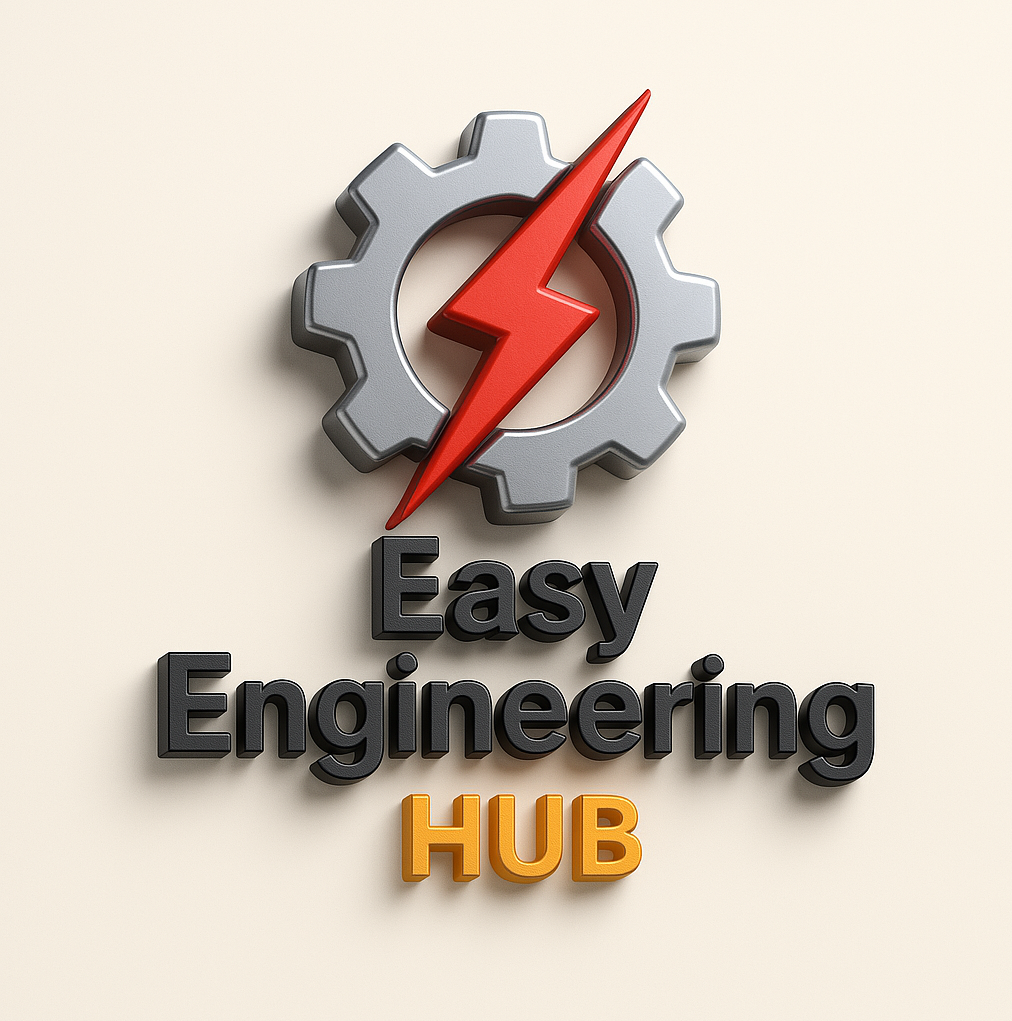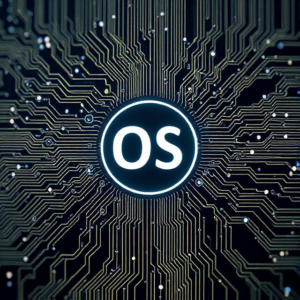Web development is the process of creating websites and web applications that people can use on the internet. It includes everything from building a simple one-page website to developing complex platforms like social media sites, online stores, or streaming services.

Web development is usually divided into two main parts:
- Frontend Development – what the user sees and interacts with
- Backend Development – what happens behind the scenes, like databases and servers
Both frontend and backend work together to make a website function smoothly. Let’s explore each in detail.
Frontend Development (Client-Side)
Frontend development is all about the visible part of a website — the layout, design, colors, buttons, and how users interact with everything on the page.
Imagine you visit a website like YouTube or Amazon. Everything you see — the video player, search bar, menus, fonts, images — is created by frontend developers.
Main Tools Used in Frontend:
- HTML (HyperText Markup Language)
- It’s the structure of the website.
- Like the skeleton of a building.
- HTML tells the browser what content is on the page (text, headings, images, videos, etc.).
- CSS (Cascading Style Sheets)
- It’s used for styling the HTML.
- CSS controls colors, fonts, spacing, layout, and responsiveness.
- It makes a site look good on phones, tablets, and computers.
- JavaScript
- It brings the page to life by adding interactivity.
- Clicking buttons, opening menus, showing popups — all done using JavaScript.
- It’s the most common language for frontend behavior.
Frontend Frameworks and Libraries:
To make development faster and easier, many developers use frameworks or libraries. Some popular ones are:
- React.js – Built by Facebook, helps build fast, interactive interfaces.
- Vue.js – Simple and flexible JavaScript framework.
- Angular – Developed by Google, used for building large web apps.
- Bootstrap – A CSS framework that makes it easy to design responsive layouts.
Key Skills for Frontend Developers:
- Understanding of UX/UI (User Experience and User Interface) design
- Responsive design (mobile-friendly sites)
- Knowledge of browser behavior and debugging
- Ability to write clean, structured, and reusable code
Backend Development (Server-Side)
Backend development is the part of the website that users don’t see. It involves the logic, database, server, and how everything works behind the scenes.
For example, when you log in to Facebook, the backend checks your username and password, pulls your data from the database, and shows your news feed.
What Backend Developers Do:
- Create APIs (ways for the frontend to talk to the backend)
- Handle data storage and retrieval
- Manage security and user authentication
- Ensure the website loads fast and works correctly
Popular Backend Languages:
- Node.js (JavaScript for backend)
- Python (with frameworks like Django or Flask)
- PHP (commonly used with WordPress)
- Ruby (with Ruby on Rails)
- Java (used in many large systems)
- C# (.NET framework for Microsoft platforms)
Databases:
Websites need to store information, like usernames, passwords, posts, or products. This is handled by a database.
Two types of databases:
- SQL Databases (Structured) – like MySQL, PostgreSQL
- NoSQL Databases (Flexible) – like MongoDB, Firebase
Backend developers write code that sends, receives, updates, and deletes data in these databases.
Servers and Hosting:
Websites need to be stored and run somewhere. This is done on servers (special computers).
Developers use hosting services like:
- Amazon Web Services (AWS)
- Google Cloud
- Microsoft Azure
How Frontend and Backend Work Together
Imagine ordering a pizza from a website:
- The frontend shows you the menu, prices, and order form.
- When you select a pizza and click “Order,” the backend receives that request, stores your order in a database, and sends a confirmation.
- You get a message on the screen – that’s the frontend again, showing the backend’s response.
This teamwork between frontend and backend makes the entire website or app function smoothly.
Communication: APIs
Frontend and backend communicate using APIs (Application Programming Interfaces). These are like messengers between the two parts.
For example:
- You fill out a form (frontend).
- JavaScript sends your data to the backend using an HTTP request (via an API).
- The backend processes it and sends back a response.
- The frontend then shows a success message or an error.
Full-Stack Development
A Full-Stack Developer is someone who can work on both frontend and backend. They understand how both sides of the website work and can build a complete web application from start to finish.
Popular full-stack combinations:
- MERN Stack: MongoDB, Express.js, React.js, Node.js
- MEAN Stack: MongoDB, Express.js, Angular, Node.js
- LAMP Stack: Linux, Apache, MySQL, PHP
- Django + React: Python backend with a modern frontend
Full-stack developers are highly in demand because they can manage the entire project.
Why Web Development Matters
- Nearly every business needs a website today.
- Web developers are needed in all industries – education, healthcare, entertainment, shopping, etc.
- It’s a great career with freelance, remote, and in-house opportunities.
- Websites and apps are constantly evolving, so it’s a field full of learning and innovation.
Key Concepts and Tools in Web Development
| Concept | Explanation |
|---|---|
| Version Control | Tools like Git help track changes in code. |
| Responsive Design | Makes sites look good on phones, tablets, and desktops. |
| Deployment | Moving your code from local development to the live web. |
| Testing & Debugging | Finding and fixing errors to ensure everything works smoothly. |
| SEO | Making sites rank well in search engines like Google. |
| CMS (Content Mgmt) | Platforms like WordPress for non-coders to manage websites. |
| Web Accessibility | Making websites usable for people with disabilities. |
Summary:
Web development is the process of building websites and web applications. It has two main parts: frontend (what users see and interact with) and backend (what happens behind the scenes). Frontend uses HTML, CSS, and JavaScript to create layouts, design, and user interactions, while backend development handles servers, databases, and application logic using languages like Python, Node.js, or PHP. Both parts communicate through APIs and work together to create smooth, interactive websites. Full-stack developers can handle both frontend and backend tasks. As technology evolves, web development continues to grow and shape the modern digital world.











